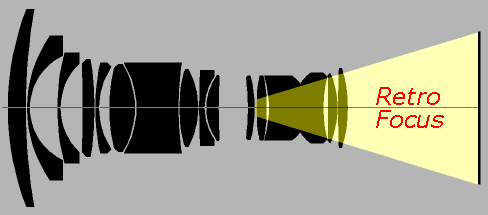
| home | analogue | pinhole | alt-photo | gallery | for sale | music | anything else | about me |
Here you'll find some of my random thoughts and projects about analogue photography and print making. A bit like a blog so to speak.
(Click here to see what cameras I have for sale right now)
March. 3rd, 2024 - Philosophical quotes from the beginning of Photography ... (1839 - 1900)
Every now and then there is a discussion about "art and photography" on one of the photography forums. Sometimes interesting, sometimes only dogmatic opinions without an open eye or ear for anything outside ones "thinking window".
I never want to take part in such a discussion since there will never be a winner. I would rather sit down, having a nice coffee together, and really talk about what's on your mind or heart ....
I was thinking of these never ending discussions (even fights?), that seem to be almost 175 years old, when reading this book: "A new art: photography in the 19th century - the photo collection of the Rijksmuseum, Amsterdam" (Netherlands), Vol. I, published in 1996. A beautiful book with very nice prints of photographs from 1839 - 1900.
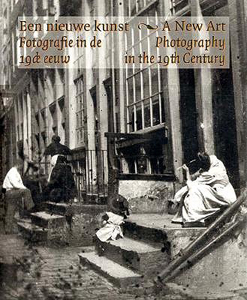 (ISBN: 90-5349-193-7, Dutch title: "Een nieuwe kunst: fotografie in de 19de eeuw")
(ISBN: 90-5349-193-7, Dutch title: "Een nieuwe kunst: fotografie in de 19de eeuw")
There were two nice quotes I would like to share with a smile.
The first quote was published in 1839 in an art magazine in The Netherlands, called: "Algemeene Konst- en Letterbode", discussing this new phenomenon - photography: "The new art of generating Drawings by Sunlight (Photography)" (taken from the preface of the book)
For this second quote, I copied also a small part of the text as an introduction (bare with me):
"During the second half of of the nineteenth century it was not uncommon for Dutch artists to work after photographs. However, this practice was not usually spoken of in private, let alone discussed openly in print,for photography was all too often seen as "unartistic".
This is clear from the results of a survey carried out in 1900 among a group of artists. The response was limited, and there was only one artist who had anything positive to say about the artisticity of the photographic of the photographic technique. That man was Philippe Zilcken (1857-1930) of The Hague: painter etcher, and writer on art.
"For me photography is most certainly an art, for the qualities which raise a work to the level of art, i.e., personal opinion, choice, taste, emotion together with knowledge - are all indispensible (= indispensable??) in the creation of a beautiful photograph. The camera is a machine, but the passion and sensitivity of the photographer are capable of influencing the mechanical process. In this way a seemingly impersonal technique can contribute to the creation of a true work of art." (taken from page 256-257)
This statement from Zilcken reminds me of my personal motto, taken from a quote of Ansel Adams:
" ... avoiding the common illusion, that creativity depends on equipment alone ... " (from Adams book: The Camera).
I'm not trying to start a new old discussion here (please don't), but if you know an other striking or interesting remark from the old days (from before the 1930's) you're welcome to share it here. And if you would like a nice coffee with it, give me a call ;-)
BTW: I was reading this book while listening (among others) to: "Agnus Dei" (Dunedin Consort), "Fifth of Firth" (Genesis), "Bombay Calling" (It's A Beautiful Day), "A Brother's Prayer" (The Holmes Brothers), "Koyaanisqatsi" (Philip Glass) and "Erbarme Dich" (from the St. Matthew Passion (Bach), Dunedin Consort).
All very different, but all art (to me).
Oct. 1st, 2021 - Article from 1904 about the exhibition of the Photo-Secession by Alfred Stieglitz)
Sadakichi Hartmann wrote in 1904 an interesting article "A Plea for Straight Photography" about the exhibition of the Photo-Secession, which opened on February 6, 1904 and was organized by Alfred Stieglitz (1864-1964). You can read it here.
Alfred Stieglitz was probably the first person who raised the question of considering photography as art. He was the proprietor of the Little Galleries of the Photo-Secession and editor of the avant-garde photographic journals "Camera Notes" and "Camera Work" (1903). Stieglitz was a major force in the promotion and elevation of photography as a fine art in America in the late nineteenth and early twentieth centuries. His own photographs had an equally revolutionary impact on the advancement of the medium. Stieglitz and Edward Steichen promoted Pictorialism and soft-focus, melancholic images.
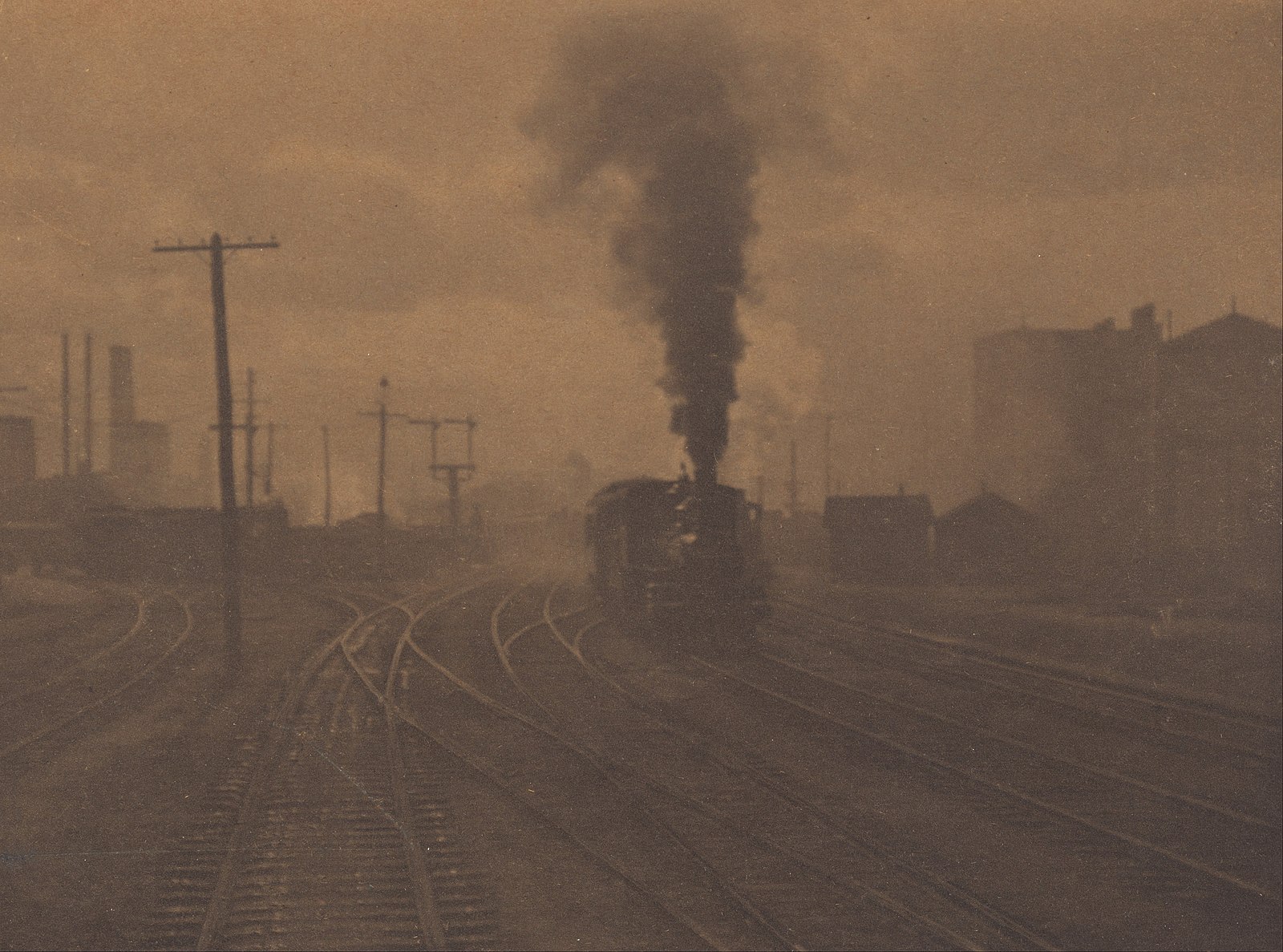
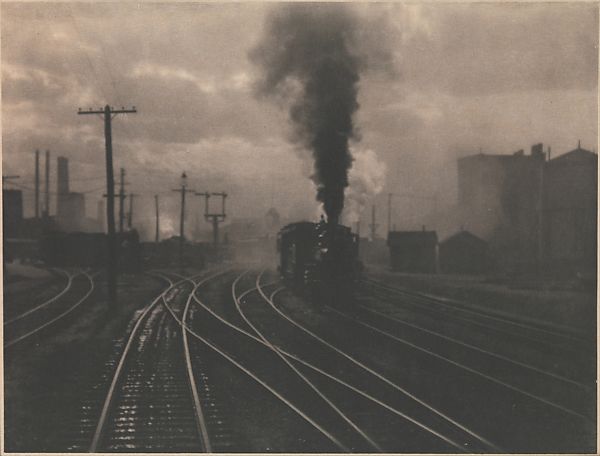
Photos: The Hand of Man, Afred Stieglitz (1902), a platinum print from 1903 (left) and a photografure from 1910 (right).
July 14th, 2021 - using analogue cameras and film - part I
I really like to shoot with analoque film cameras. I have many cameras for different formats: from halfframe (18x24 mm) and 127 format (40x40 mm) upto 5x7" and 4x10" large format. My largest format yet was a paper negative (size 50x60 cm) shot with a sel made ULF-cardboard-and-Duct-tape pinhole camera.
I have only two digital cameras (Nikon 850 an Leica Q-P) but many analogue cameras. You'll find a small list below. At the moment I would like to use my Leica M3, Bronica GS-1, Mamiya Six (from the 50's, my wooden 5x7 inch camera "Marion" from the 1860's and my pinhole cameras RealitySoSubtle 6x6 and 6x17.
I prefer B&W film (100 ISO or lower) developed in homemade Caffenol-C-M developer at the moment. But for my pinhole photography I rather use colour film. I mostly use these films:
But there is still plenty of time to change my mind ;) Kodak Portra 160 and 400 seem to be a decent film too, but I haven't got around to using it./p>
Oct. 3rd, 2019 - Experimenting with B&W ultra low ISO films: Fuji Eterna 4791 and Kodak 2238
I'm gonna shoot some Fuji Eterna 4791 and Kodak 2238 film as an experiment. These are very low ISO B&W films in the range ISO 6-12, depending on the chosen developer. I'll collect all the info I can find on these films - and my results - on my seperate Ultra Low ISO page.
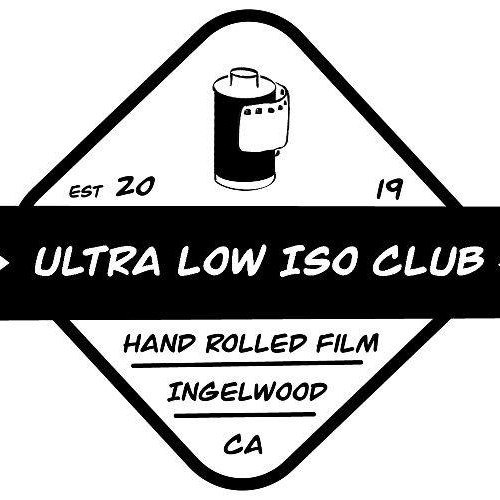
Sept. 28th, 2019 - ISO vs. f-stop vs. exposure table
I always have to think twice (or even thrice) when wanting to fiddle with extra or less stops of light. ISO vs. f-stop vs. exposure and then doing it the wrong way ;)
So, I made a table with full stops, 1/2 stops and 1/3 stops of light en now expanded it into the ultra low ISO range.
Going down x steps in one column equals going up x steps in another column. So if your light meter on the camera only offers ISO 25 and you're shooting ISO 0.8 then you're underexposing by 5 stops (more or less). So go up in another column to compensate your reading: 1/1000sec @ f/11 should be 1/30 sec @ f/11. Or if you want to compensate with exposure and f/stop, then 1/1000sec @ f/11 could be 1/250 @f/5.6 or any other combination.
BTW: most cameras give you the option for +3 and -3 EV compensation. In that case you only have to correct for 2 stops extra in this example. BUT don't forget to reset the compensation on your camera BEFORE you put in a new "regular" film roll.
You can download the PDF-file here: http://www.retrofocus.nl/downloads/ASA-ISO-table.pdf
Sept. 21, 2019 - DIY: Kodak 2238 B&W film and reversal developing?
I've got a few hand rolled films of Kodak 2238 B&W film to experiment with. It was send to me by Michael Bartosek from the Kodak 2238 Project on Facebook.
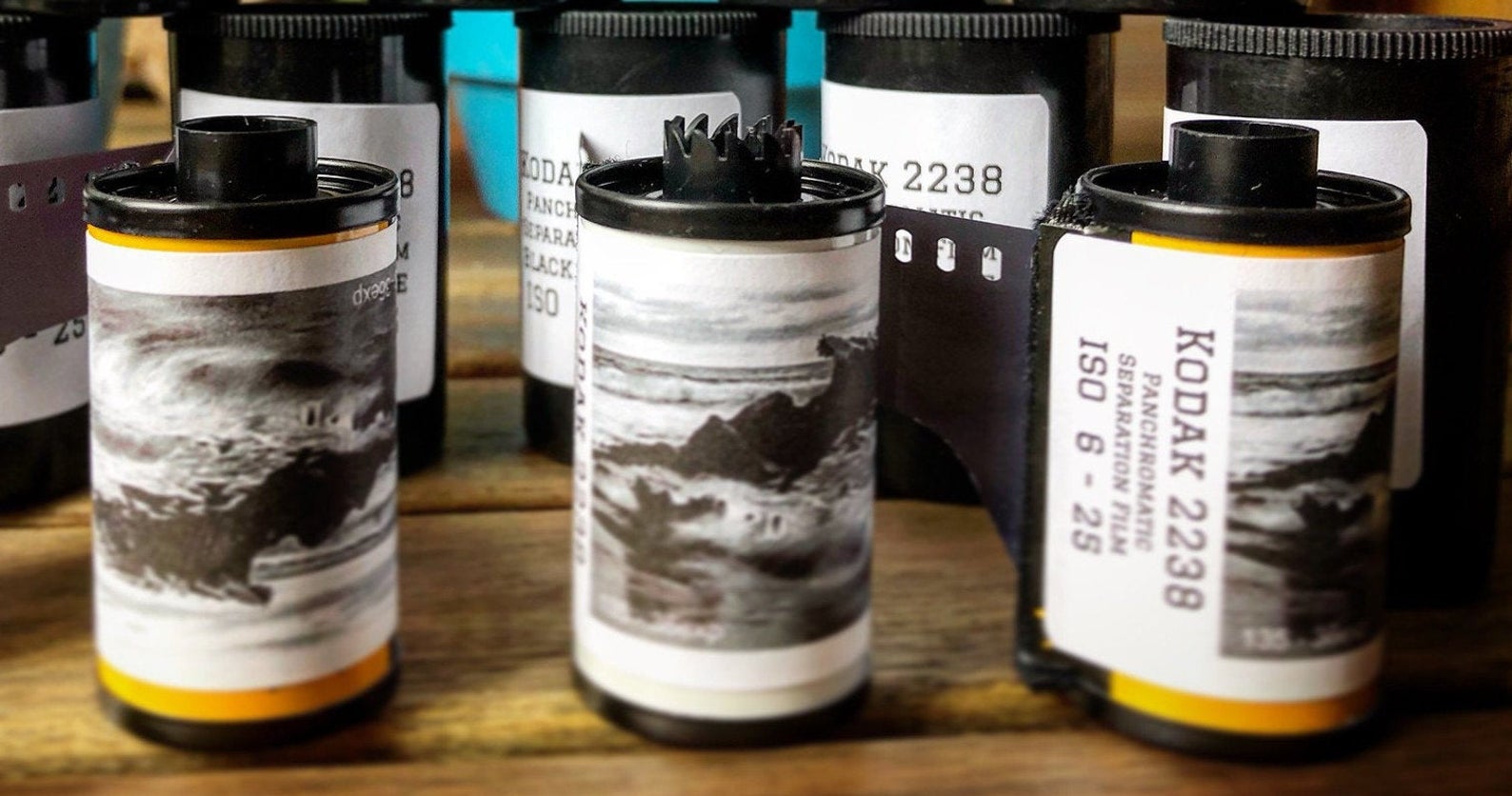
It's a fine duplicating film of very low ISO (between 6 and 25 depending on developer).
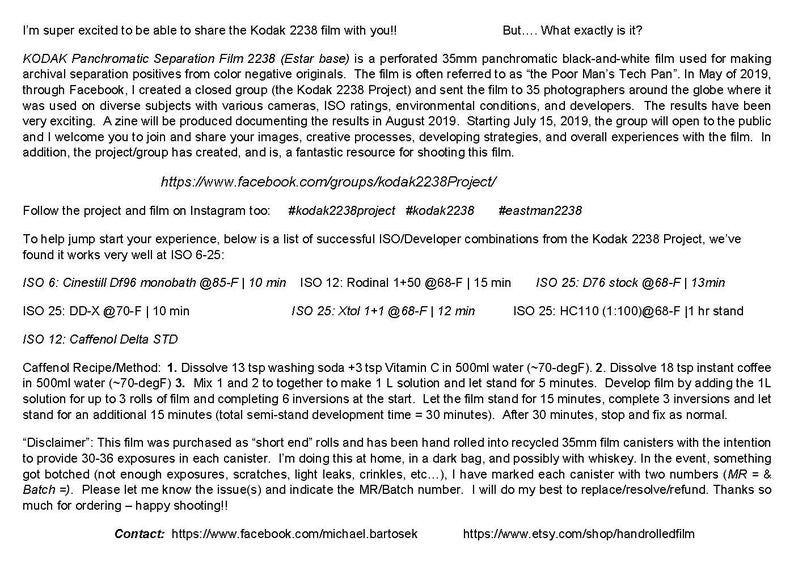
Listening to the Viewfinder Viking podcast #15, where Michael mentioned the clear (colourless) base of this film, I realized that the 2238 film might be used as a good positive (slide) film as well? I’m thinking about using the “FOMAPAN R BLACK-AND-WHITE REVERSAL FILM” kit. See: https://www.foma.cz/ew/827b9876-a861-4748-84d6-40a5c306f378-en and https://www.foma.cz/en/fomapan-R-100 for more info about this reversl film kit.
Or maybe an other method or kit is more suitable? I'kll investigate first before shooting this film.
This was another tip for reversal processing I received: https://www.instagram.com/p/B0eCbCaHnv4.
And going all overboard, I might even shoot a tiny movie with my Nikon F5. With normal batteries 7.4 frames per second so 24/7.4 = 3.5 seconds of a magical tiny movie. ;)
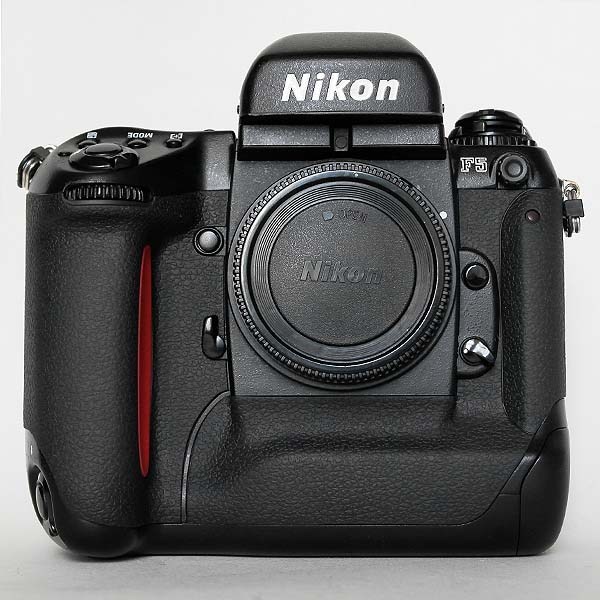
To be continued ...
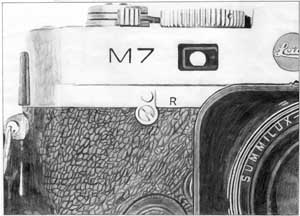
Here are some of my favorite cameras:
Mamiya C330f, Nikon S2, Hasselblad SWC, Leica SL (from the 60's), Leica Standard (1932), Leica M3, Leica M7, wooden Marion 5x7" (from 1860's), Bronica GS-1, Bronica SQ-B, Bronica RF-645, Mamiya RB67, Yashica Mat 124-G, Yashica 44A, Nikon F, Nikon F4s, Nikon F6, Nikon FM3A, Canon F-1 New, Olympus Pen FT (half frame), Widelux F7 (panorama swing lens), Agfa Clack and all of my (wooden) pinhole cameras. (Oh, and I do own two digital cameras: a Nikon D850 and a Leica Q-P.)
My Nikon rangefinder camera from 1954, a S2 with 50/1.4 lens:
My Yashica Mat 124-G:
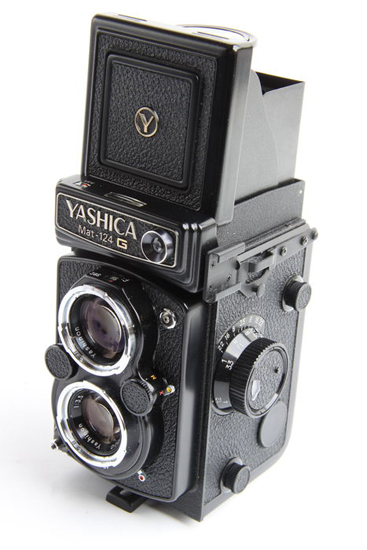
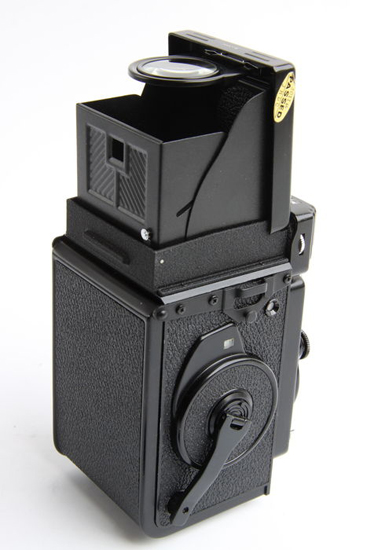
My Mamiya C330f with 80 mm lens:
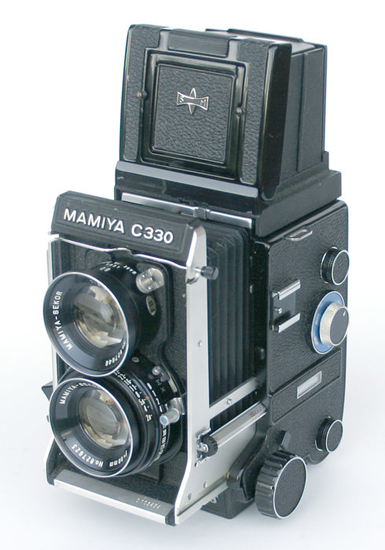
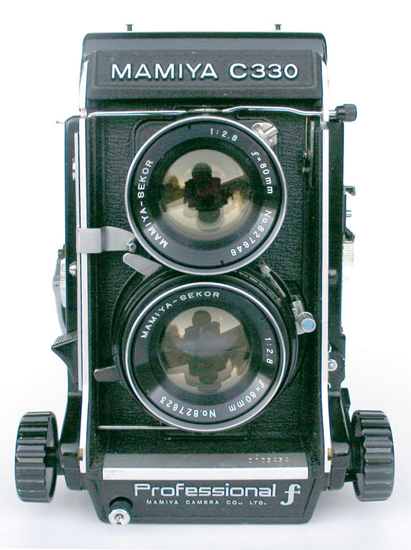
My Leica Standard (from 1932):
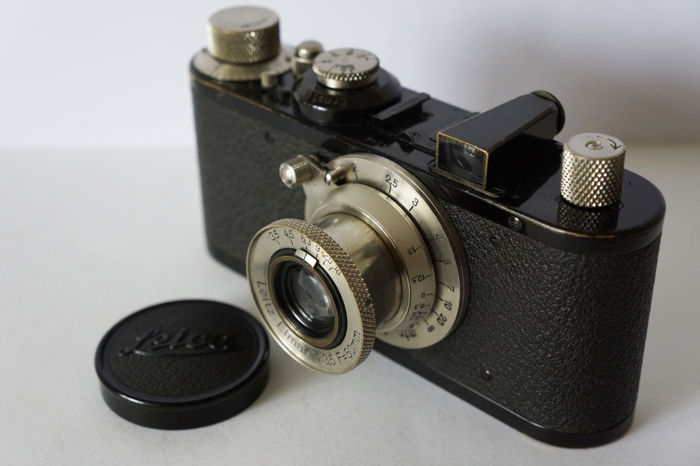
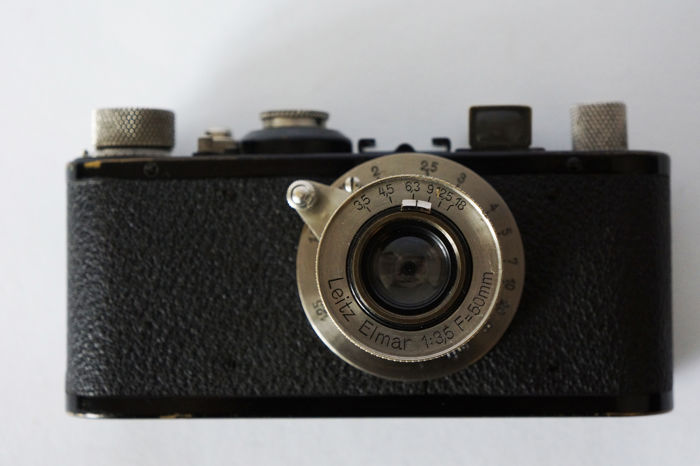
My Nikon F (from 1967) and Nikon F4s:
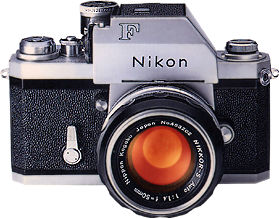
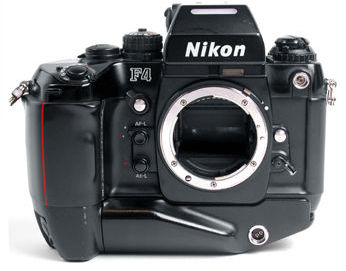
My Bronica SQ-B with 80 mm lens and Bronica GS-1 (6x7) with 50 mm lens::
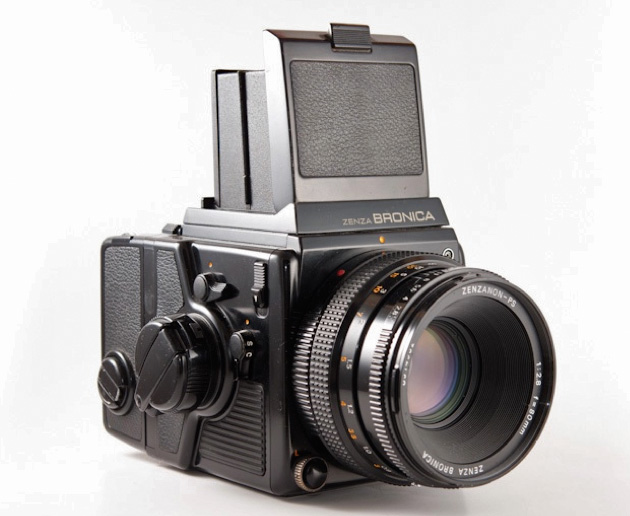
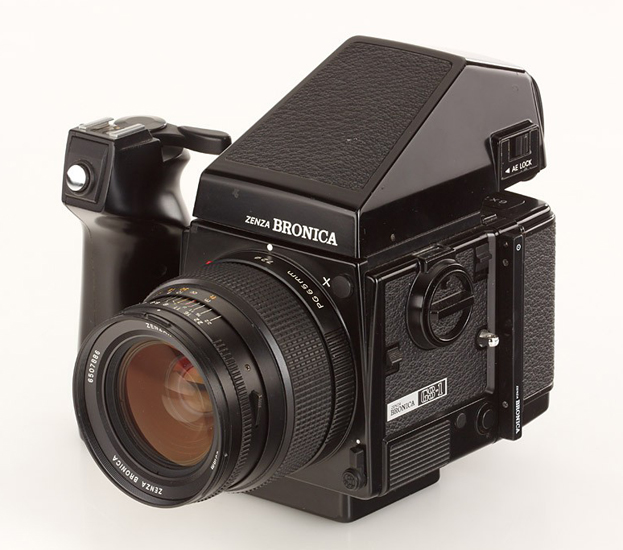
My wooden 5x7 inch camera "Marion" from the 1860's:
My Agfa Clack:
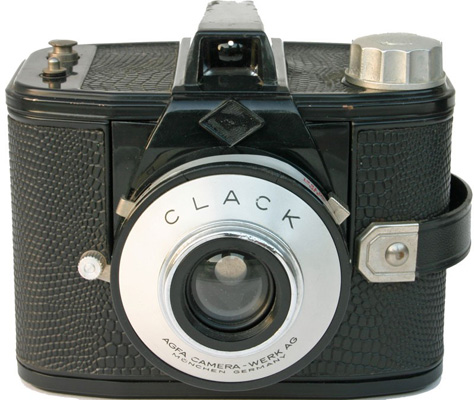
(BTW: The Clack is a perfect camera to be turned into a pinhole camera with ease)
My Widelux F7 (panorama camera):
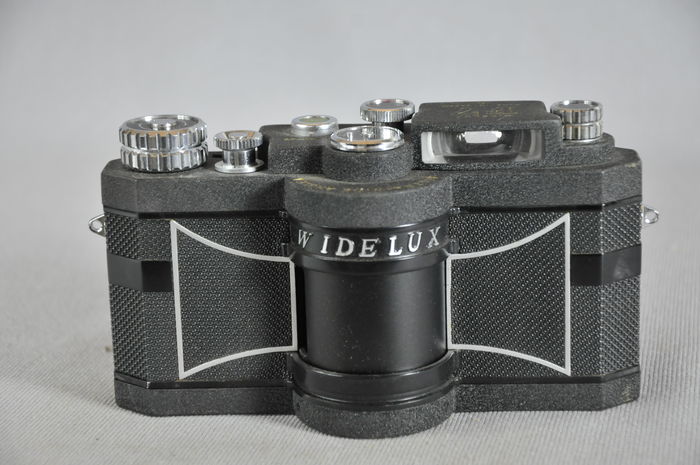
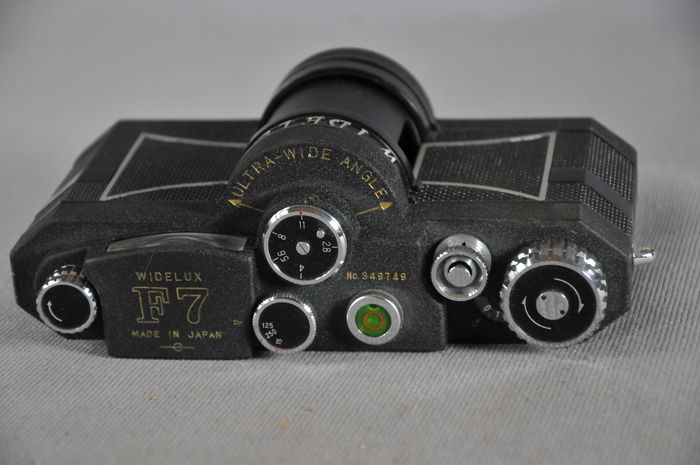
My Woca 120G (predecessor from Holga, but with glass lens):
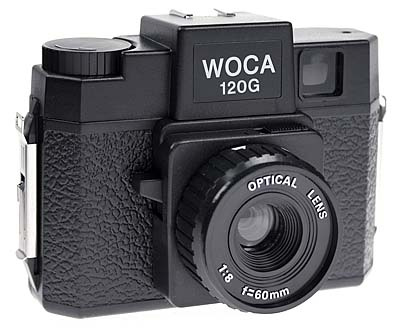
My light meters:
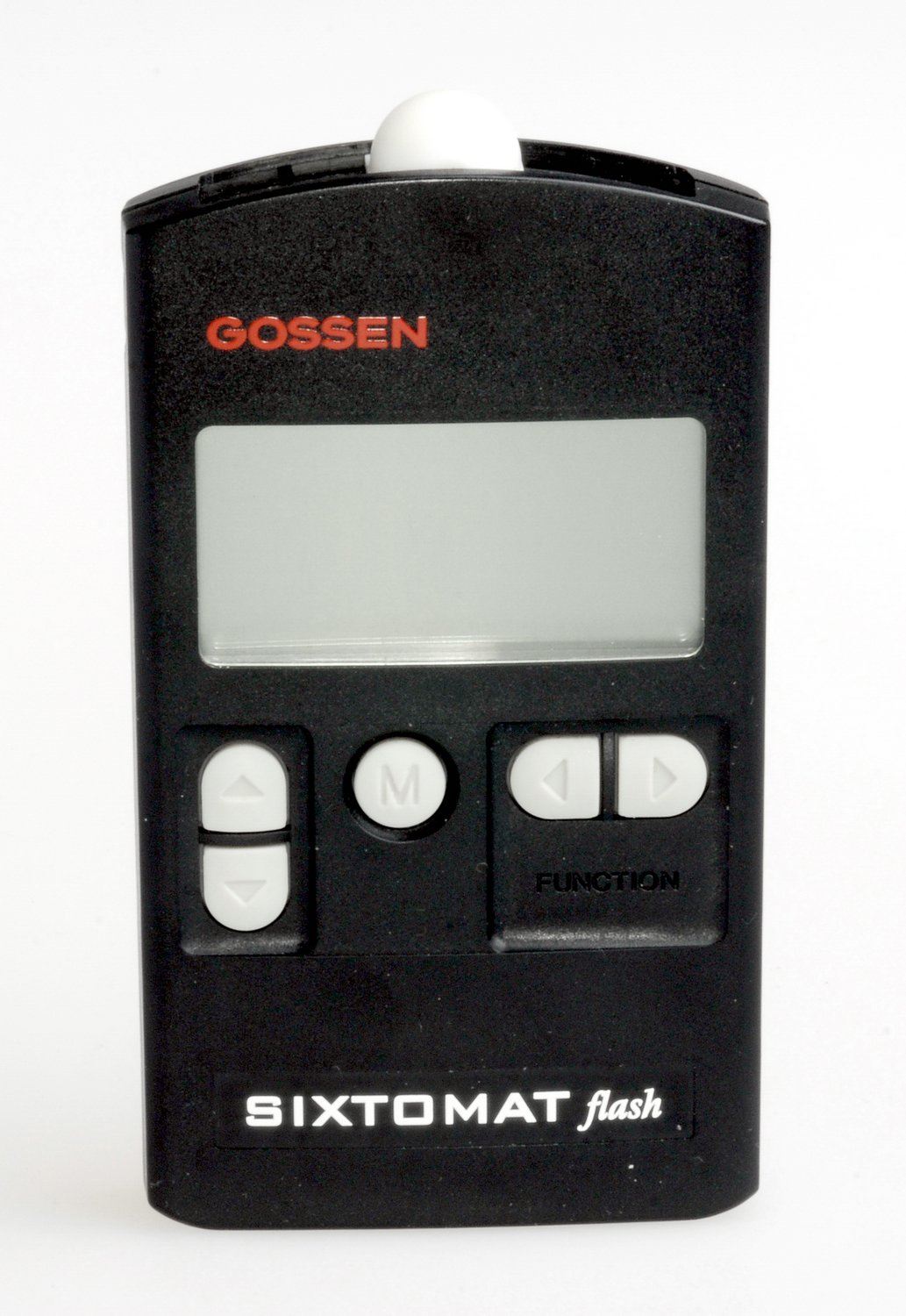
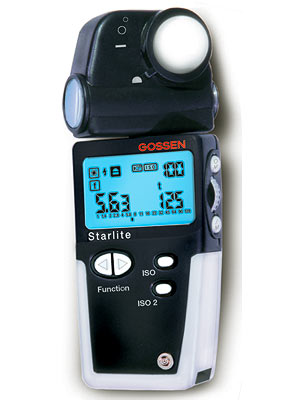
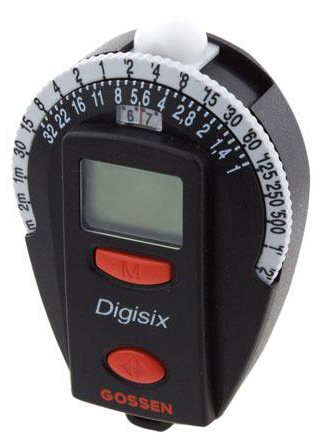
(Click here to see what cameras I have for sale right now)
I'm a member of:
* International Society for Analogue Photography (I.S.F.A.Ph.)
* Worldwide Pinhole Photography Day
Wisdom of life (by C&H):
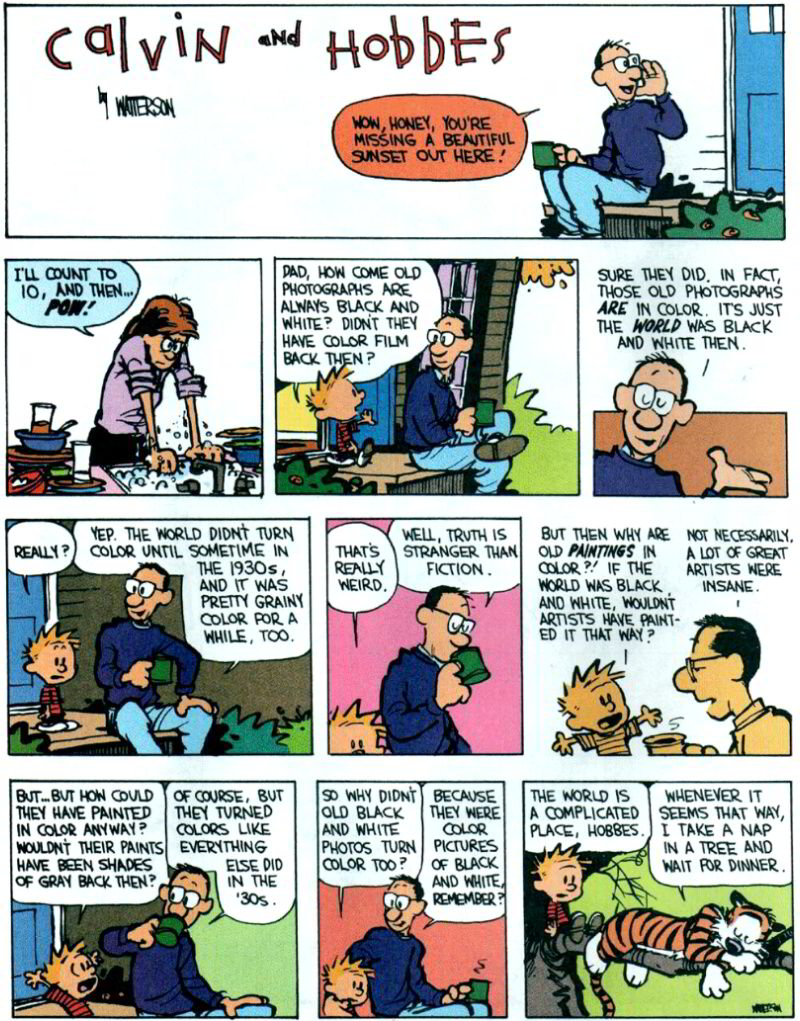
"Have fun and catch that light beam!"
Bert from Holland
my blog: http://thetoadmen.blogspot.nl
my pinhole group on Linkedin: http://tinyurl.com/pinholegroup
Click here to send me an email
"... avoiding the common illusion that creative
work depends on equipment alone ..." (Ansel Adams in his book "The
Camera")
"... I enjoy vintage cameras as “users,” rather than imprisoning them in some display case"
"... It's the bottom of a staircase that spirals out of sight ..."
"... but I just love the good natured mirth you provided ..." (a complement I enjoyed receiving)
(The lens scematics in my logo is a Carl Zeiss Distagon 21 /2.8 retrofocus lens)
[ All images and texts on this site are under copyright! Please do not copy © 2019 ]